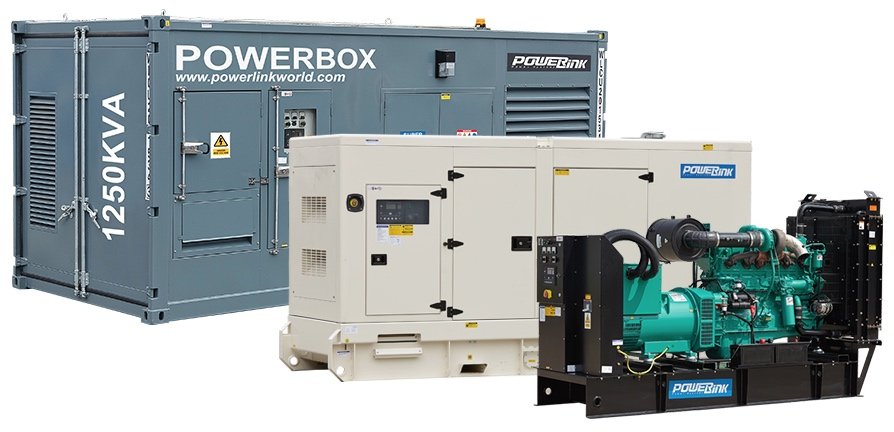Any firm can benefit significantly from Commercial Generators. Even if the power system fails, a generator can provide the electricity you need to keep the lights on, run industrial machines, and more.
While a power outage may be inconvenient for some, it may be disastrous for businesses, halting production lines and, in extreme cases, necessitating the closure of the facility. Your Diesel Generator Repairs should be handled with care if you want them to last a long time, so call a professional expert when needed.
Let’s have a look at how a commercial generator should be sized. The word “size” may conjure up images of a generator’s physical footprint. While physical size is essential to some businesses with limited space, generator sizing refers to the output of a generator. You’ll want to get a generator that provides enough electrical power to satisfy your requirements.
When comparing generators, there are a few words related to sizing that are useful to know:
- Generators can only produce a specific amount of electricity. It’s critical to comprehend the distinction between this figure and the rated power, which we’ll discuss next. The essential thing to remember is that you should not intend on running a generator at its maximum power output for an extended period. When needed, a generator can only produce that much power for a limited amount of time.
- The rated power of a generator will be slightly less than the maximum power output. The “constant load” or “continuous load” rating is another name for this rating. It’s the amount of power you can expect your generator to create over a lengthy period. Thus it’s the more important statistic to focus on than maximum power.
- A generator’s output is measured in watts, whether at maximum or rated power. The watts of a generator is calculated by multiplying its voltage by its load capacity in amperage. In other terms, watts are equal to volts multiplied by amps. The number of watts required by the gadgets you’re powering should be indicated on the package or in the owner’s handbook.
- All generators produce electrical power in waves in a single-phase system. One wave is made at a time in single-phase systems. The wave swells to maximum strength, then fades to zero before resuming. In actuality, these power drops happen so quickly that they are almost invisible. On the other hand, single-phase systems are limited in the amount of power they can deliver, making them less common.
- Because three waves are running simultaneously, you obtain a more steady electricity supply with a three-phase system. When one wave is cresting, another is cresting. Therefore there is never a loss of force. These systems are more complicated and capable of producing more electricity. For commercial uses, most organisations will require a three-phase system.
The use and running time of a Diesel Generator dictate how often it needs to be repaired. It would be best if you had your Diesel Generator Repairs every 6 months or 400 hours of operation, whichever comes first so that it can be used in the long run.
You should get a model that fulfils your demands if you plan to use a Commercial Generators for an extended period or if you want to keep one hooked up at all times for backup power. Although newer versions may have higher fuel efficiency and more cutting-edge features than older models, you may be able to find a second-hand generator that is relatively new. However, if the budget allows, many businesses choose to buy a new generator.




